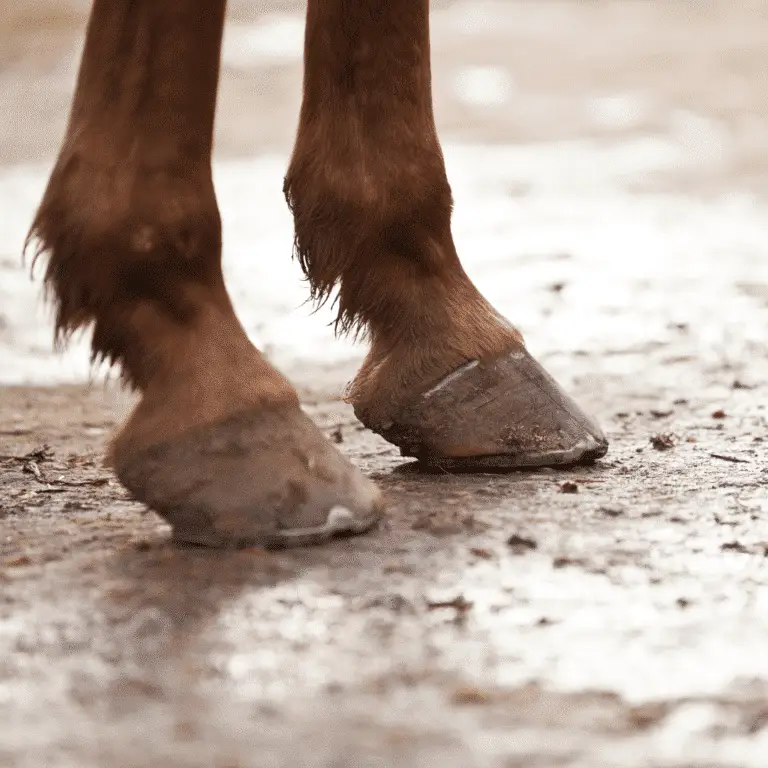Canker is an unusual condition of the horse’s foot that affects the frog, bars, and sole. The name comes from the early belief that the condition was of a cancerous nature. However, to the best of our knowledge, canker is an anaerobic (grows in the absence of oxygen) infection in the superficial epithelium of the hoof (the outermost tissues, which produce the horn).
The causative bacterium is unknown, but some researchers have suggested the organism is a part of the Bacteroides species.
